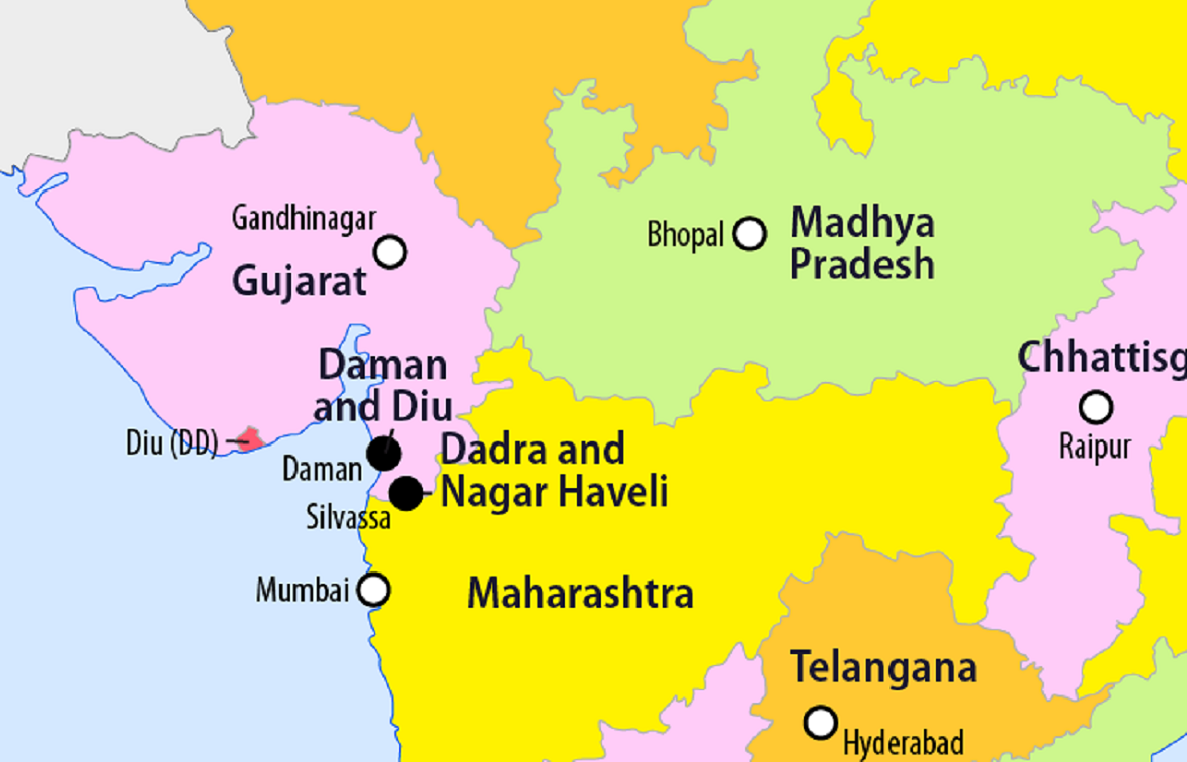Diu has become the first smart city in India to run completely on renewable energy during the daytime. The feat is remarkable considering that it had been meeting up to 73% of its electricity demands with imports from Gujarat until last year.
Picked as part of India’s smart city mission this year, the city has developed a 9 MW solar park over 50 hectares of its rocky barren land. PV panels have also been installed atop 79 government buildings. This arrangement together generates a total of 1.3 MW annually.
Furthermore, in order to encourage its residents to go solar, Diu offers a subisidy of Rs. 10,000-50,000 for installing 1-5 kW worth of rooftop PV panels. Overall, the city is saving around 13,000 tonnes of carbon emissions every year.
There are plans to make the city fully self-sufficient day and night via the addition of a 6.8MW wind power unit by 2019, reports the Economic Times.
“Solar energy takes care of our day needs. For night, we still have to import from Gujarat. With windmill projects, we will be self-sufficient in our energy needs. All of it will be green, renewable energy,” Hemant Kumar, district collector, Diu, was quoted as saying.
Earlier this year, the Indian Government’s Ministry of New and Renewable Energy (MNRE), government of India, named Surat – the Diamond City – India’s leading solar smart city. A Times of India report cited an article from Akshay Urja saying that Surat is among one of the few cities in India to have met the expectations in the field of renewable energy after the launch of the ‘Smart Cities Mission’ by the government in 2015.
According to The Energy and Resources Institute (TERI), New Delhi, of the 11,924 MW rooftop PV potential to be distributed among various smart cities in the country, nearly 418 MW or 3.5% existed in Surat. Until January, the city had achieved an installed, grid-connected rooftop capacity of 3.67 MWp on various government buildings.
Both Diu and Surat have set the benchmarks for other cities to go green. However, it is the way remotely located Diu has harnessed its barren land to produce sufficient solar power for its daily needs, that raises hopes for complete rural electrification in India.
This content is protected by copyright and may not be reused. If you want to cooperate with us and would like to reuse some of our content, please contact: editors@pv-magazine.com.









Good